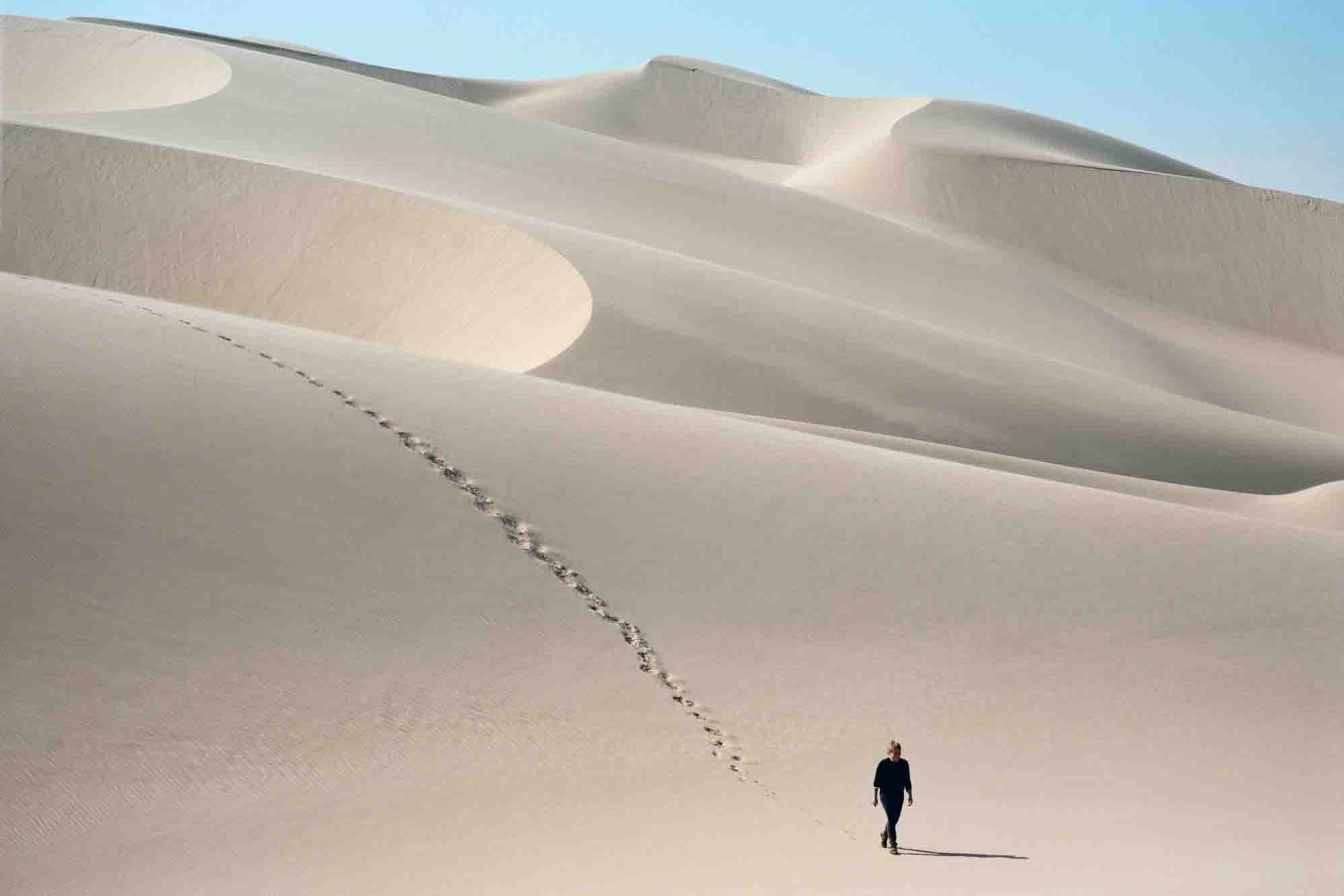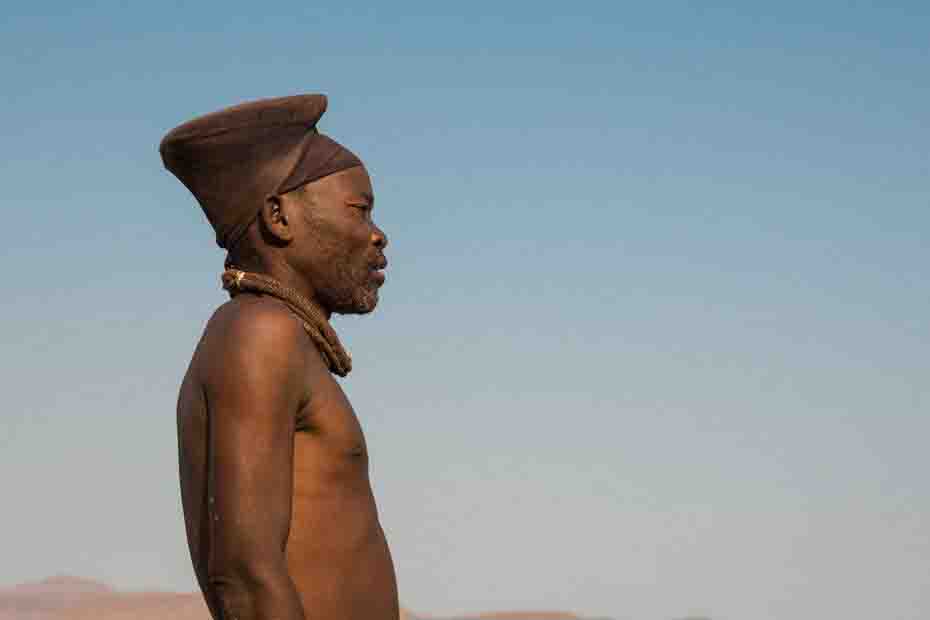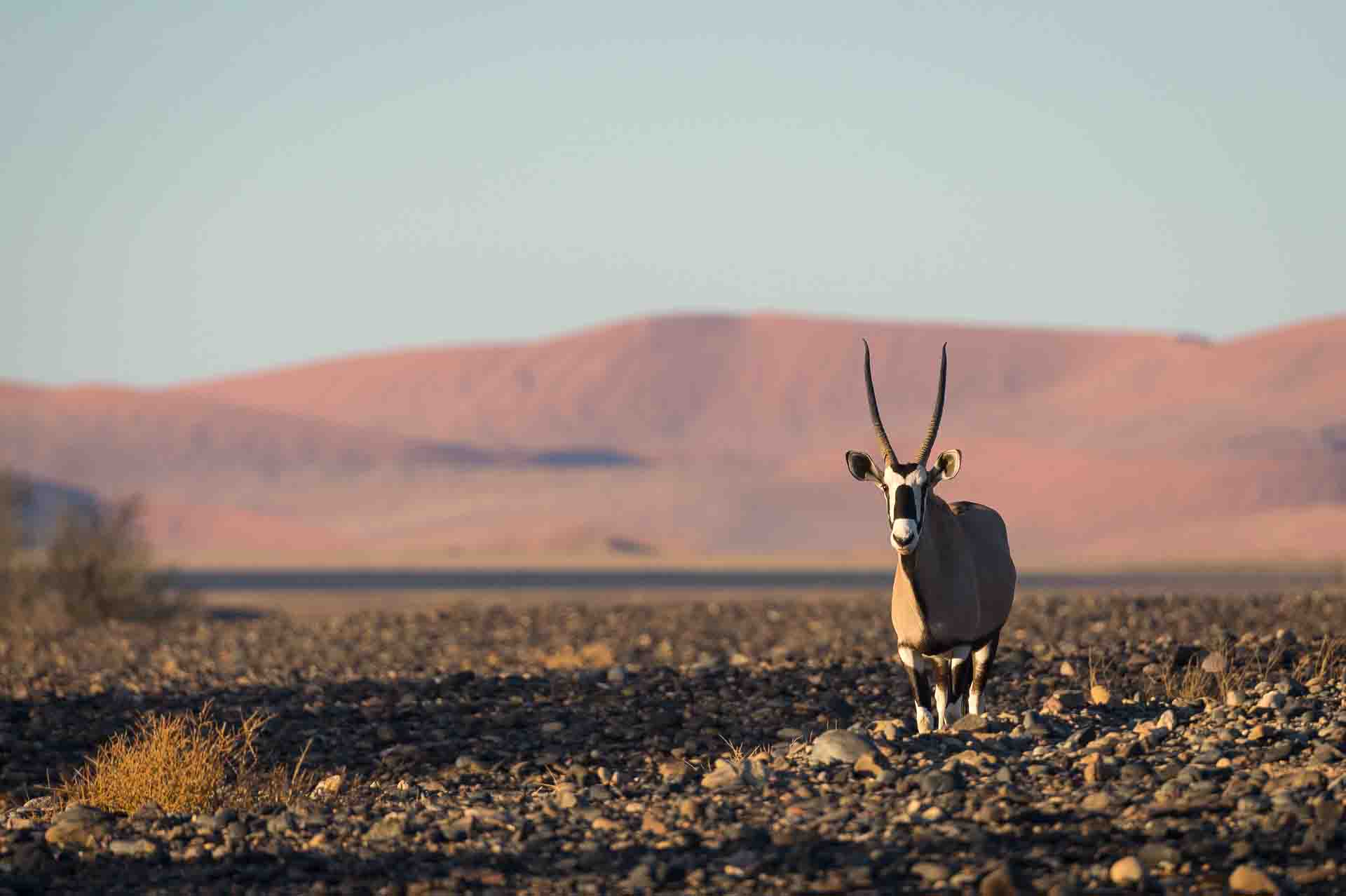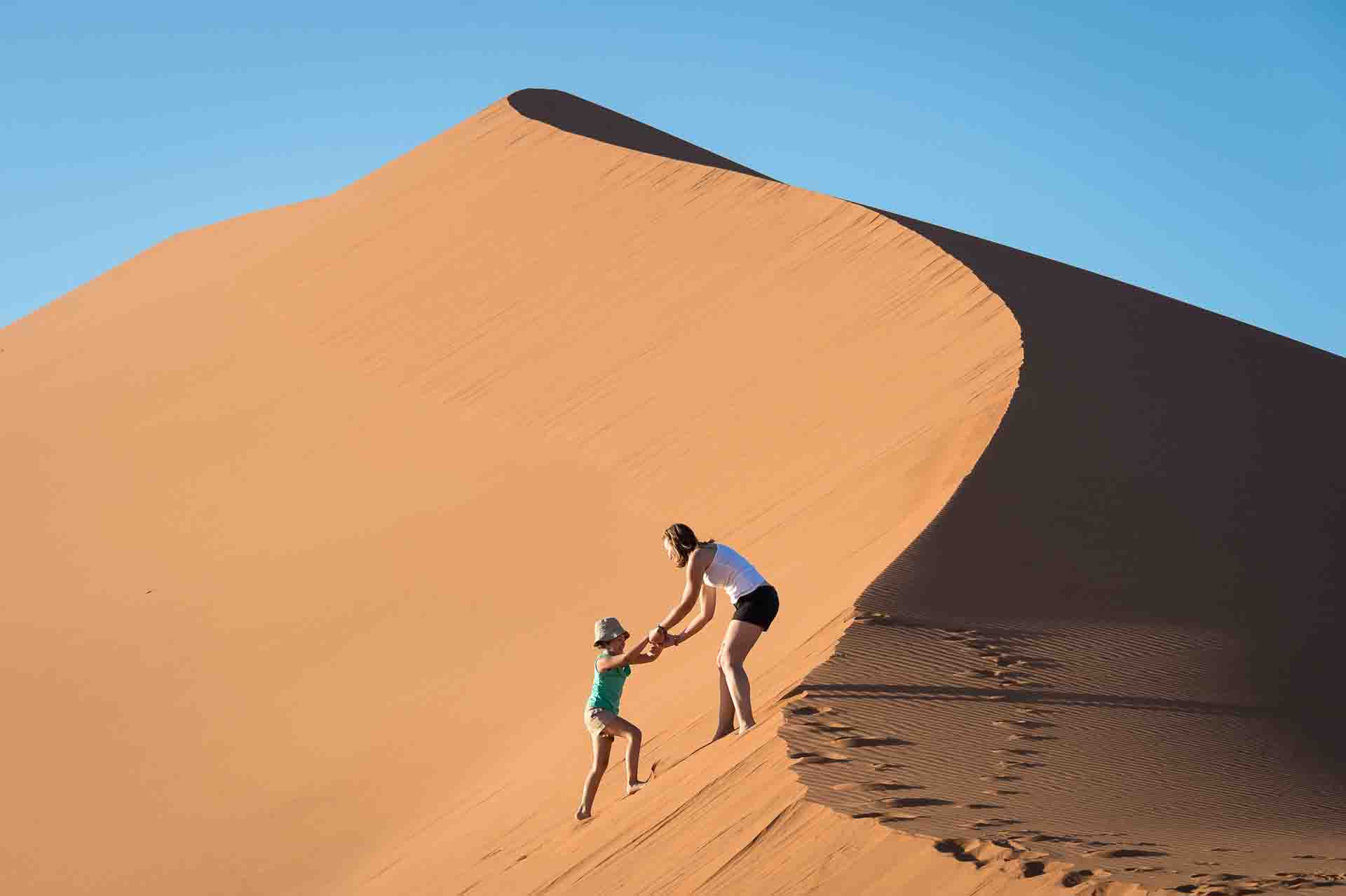Parks
What can I expect?
Namibia is characterised in many ways by its changeability in terms of the varying natural landscapes, as well as its adaptability in terms of the unique flora and fauna that make it a fascinating travel destination.

With endlessly differing scenery throughout the country and a plethora of animal, bird and plant life, Namibia will have you catching your breath in wonder at every turn. Tracking desert dwelling wildlife will bring you a new appreciation for nature, and its incredible capabilities to adapt in order to survive in even the harshest of conditions. The dunes of the Namib Desert offer unforgettable photographic opportunities and whether you prefer hiking, hot air ballooning or driving, there are a number of ways in which you can choose to experience
their magnificence.
Read More
A number of the incredible destinations in Namibia are accessible only by 4×4 vehicles and may require permits for entry. These requirements, combined with the responsible implementation of eco-tourism initiatives, help to preserve the beautiful environment of the country and add a level of exclusivity to your trip, allowing you to enjoy your surroundings in your own time without a throng of other travellers. The country’s picturesque scenery, teamed with its inviting residents, who are passionate about both conserving and sharing this precious environment, will keep you captivated and completely at ease for the duration of your stay.
the human history
Namibia is the driest country in Sub-Saharan Africa and the majority of the population has been made up of Bantu groups since the late 19 th century, the largest of these groups being the Ovambo people.

Bantu people first migrated to Namibia around the 14 th century during the Bantu expansion.
In earlier times Namibia was inhabited by the Nama, San and Damara people. The Cape of Good Hope, a British colony, annexed Walvis Bay as well as the Penguin Islands in 1878, the port became an important part of the 1910 creation of the new Union of South Africa. In 1884 most of the now Namibian territory was ruled by the German Empire and was known as German South West Africa, during this time farming and infrastructure was developed.
Read More
From 1904 to 1908 the German Empire carried out a genocide of the Herero and Nama people. In 1915 German rule ended when it was defeated by South African forces. At the end of World War 1 administration of the colony was granted to South Africa and laws including racial classifications and rules were imposed, and by 1948 South West Africa, as Namibia was then known, fell under the laws of apartheid.
In 1966 the United Nations assumed direct responsibility over the territory as the result of uprisings and native African demands for political representation and independence, however South Africa
maintained de facto rule. It was not until 1973 that the United Nations recognised the Ovambo dominated, South West Africa People’s Organisation, as the official representative of Namibia’s people. Interim administration was instituted by South Africa in Namibia in 1985 following continued guerrilla warfare. Namibia officially obtained independence from South Africa in 1990 and eventually regained control of Walvis Bay and the Penguin Islands in 1994.
Namibia now enjoys a stable democratic government and since independence there has been very little political unrest. With a population of just 2.6 million people, Namibia has one of the least dense populations in the world. This is due to the vast expanse of the Namib Desert which makes up a large part of the country.
conservation efforts
Namibia has a strong track record for conservation and was the first African country to include the protection of its unique environment in its constitution.Local communities were given the opportunity by government to create communal conservancies in order to manage their natural resources.

The conservation efforts carried out by these conservancies, along with government, and non-profit organizations, have helped to restore lion, cheetah, zebra, black rhino and other wildlife populations to the Namibian environment. As a result of this restoration, a sustainable income for local communities can be generated through ecotourism and other initiatives.
The World Wildlife Fund also takes on an active role in the conservation of Namibia’s wildlife. Through their support of the communal conservancy program they are able to assist in finding a balance between the needs of the people and the protection of wildlife.
Read More
Their focus is on maintaining healthy wildlife populations while creating sustainable economic growth for the country. The success of this direct relationship between wildlife and economic prosperity is reflected
by a decrease in poaching and the restoration of numerous species. The World Wildlife Fund has utilised this success to build partnerships with government and other entities to extend conservation efforts across a large number of national parks, conservancies, state-managed protected areas and private land.
Namibia’s proud history of conservation has lead to the country being home to the biggest free- roaming populations of cheetah and black rhino, as well as being the only country with a growing population of free-roaming lion. The population of desert-adapted elephant in Namibia has also seen tremendous growth. These remarkable results have lead to Namibia’s conservation efforts being referred to as one of the greatest wildlife recovery stories in Africa’s history.
the country’s highlights
Namibia is host to one Cultural UNESCO World Heritage Site and one Natural UNESCO World Heritage Site. Twyfelfontein, the Cultural Heritage Site which is situated in the Kunene region of Namibia is the
location of one of Africa’s biggest concentrations of petroglyphs (rock engravings).

The majority of these engravings are depictions of iconic imagery such as rhino, elephant, ostrich, giraffe and fantasy creatures, as well as human and animal footprints. There are also geometric rock artworks called pictograms, as well as indentations which are thought to be from everyday use such as grinding and board games. The oldest of the rock engravings are thought to be approximately 10 000 years old. The site also has a number of rock paintings which show images of humans painted in red ochre. The occurrence of rock paintings and petroglyphs in the same location is very rare.
Read More
The Namib Sand Sea is Namibia’s Natural Heritage Site and consists of two dune systems, a semi- consolidated ancient system and a younger active system which overlays it. The dunes are formed by materials that are transported thousands of kilometres by river, ocean current and wind from surrounding areas. The Namib Sand Sea has an area of more than 3 million hectares and an additional buffer zone of 899 500 hectares and is the only coastal desert which includes dune fields
that are influenced by fog. This fog is the primary water source for the area and has resulted in a unique environment in which the local flora and fauna undergo continuous adaptations to survive. With coastal flats, gravel plains, rocky hills, inselbergs, a coastal lagoon and ephemeral rivers, the sand sea is renowned for its beauty.
Namibia is a country of remarkable beauty and offers a variety of attractions with vastly different scenery. From the desolate Skeleton Coast, often regarded as one of the world’s last wild frontiers, to the red dune surrounded, salt and clay pans of Sossusvlei, where the colours and lighting shifts will hold you in awe. Namibia is also the location of Africa’s largest canyon, with its incredible hiking trails and scenic views the Fish River Canyon is another not to be missed location. The country is also home to a variety of desert-adapted animals and provides unforgettable game viewing opportunities at its national parks including Namibia’s greatest wildlife sanctuary, Etosha National Park.
